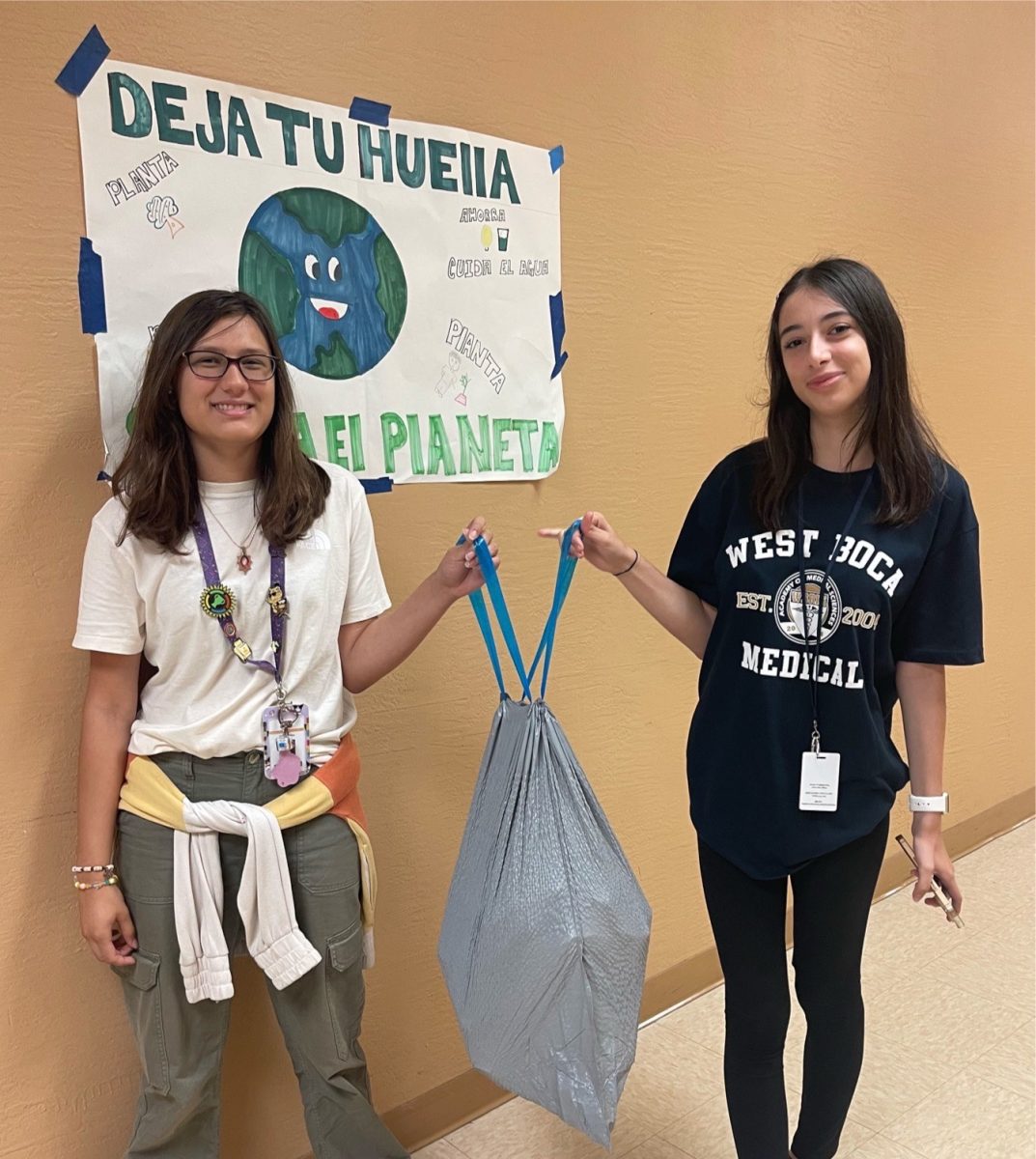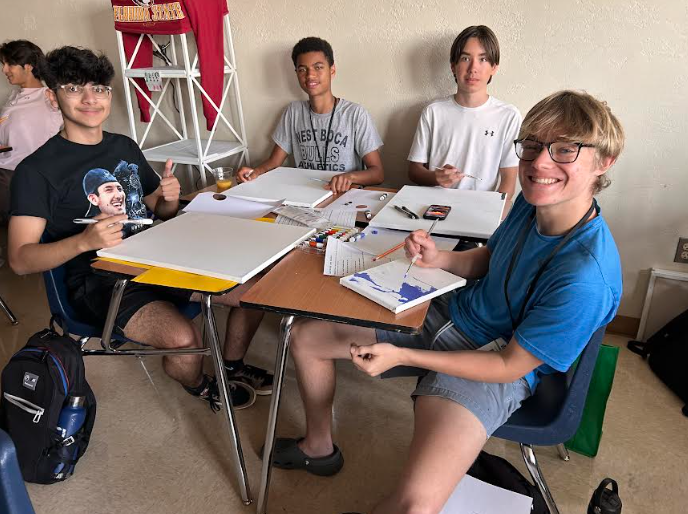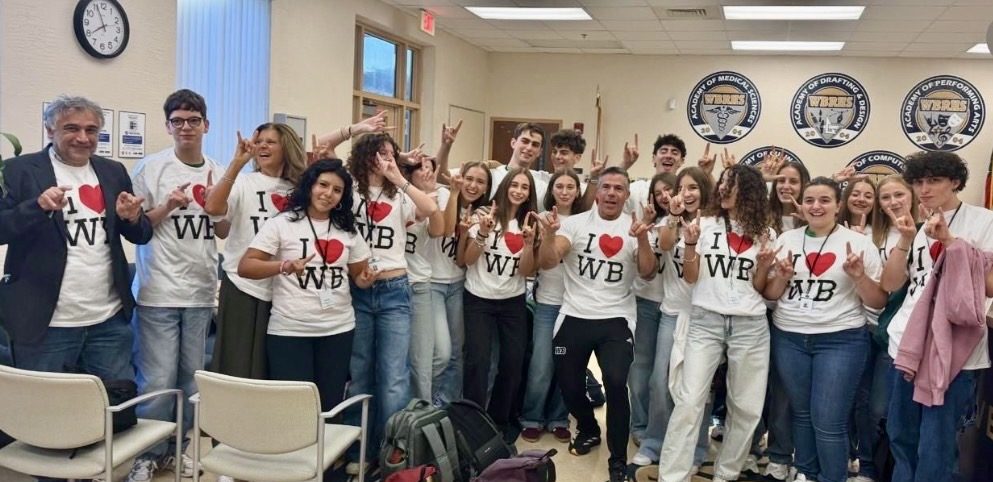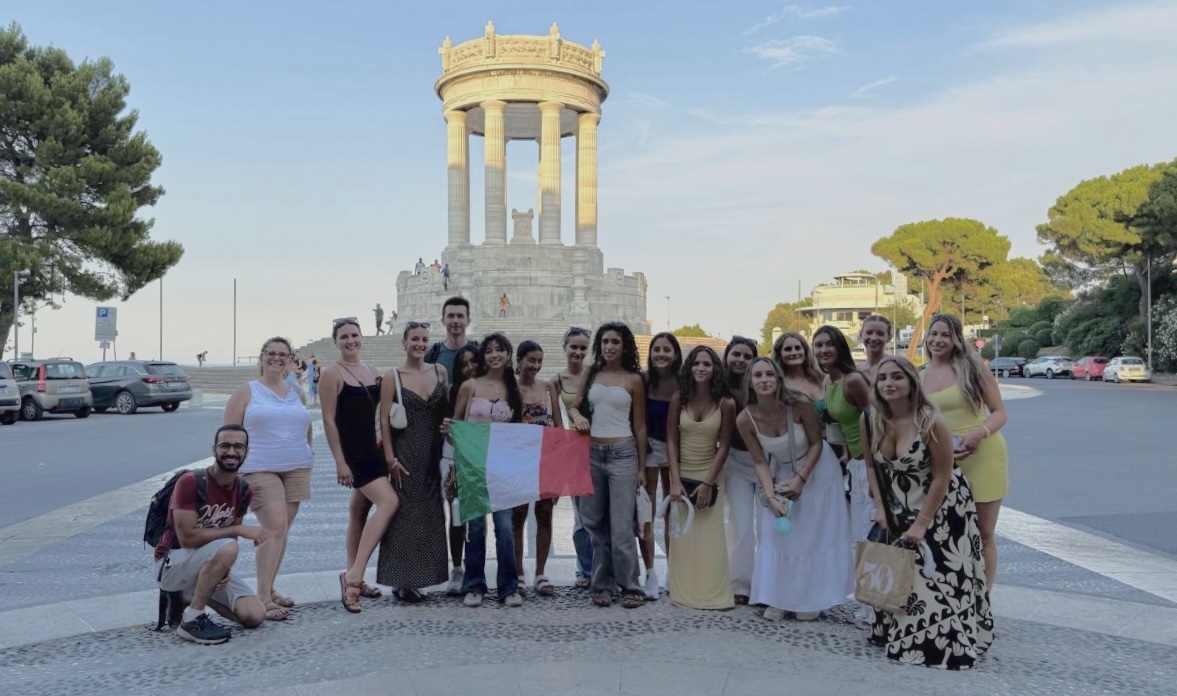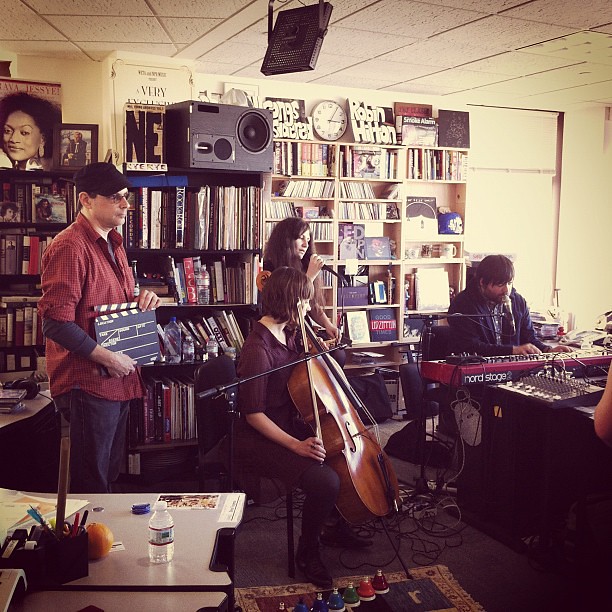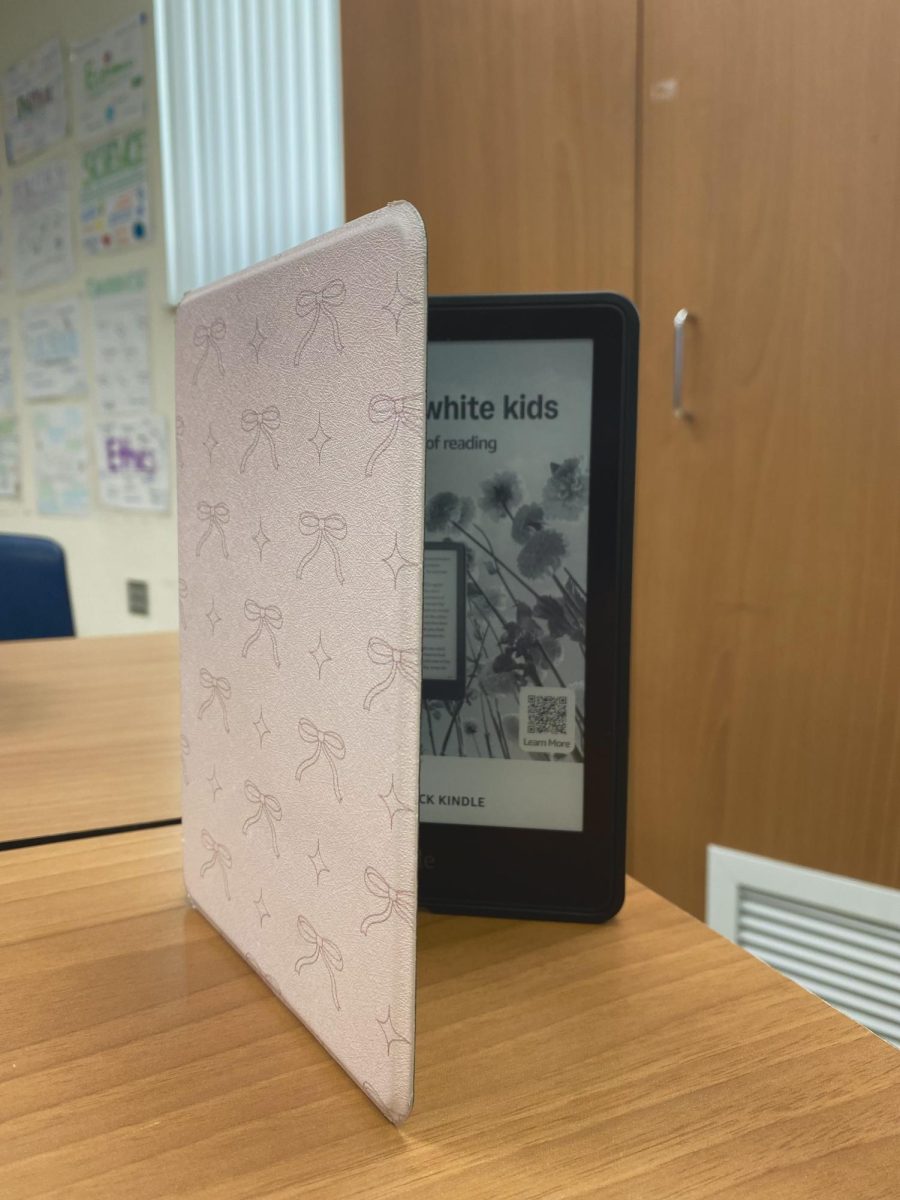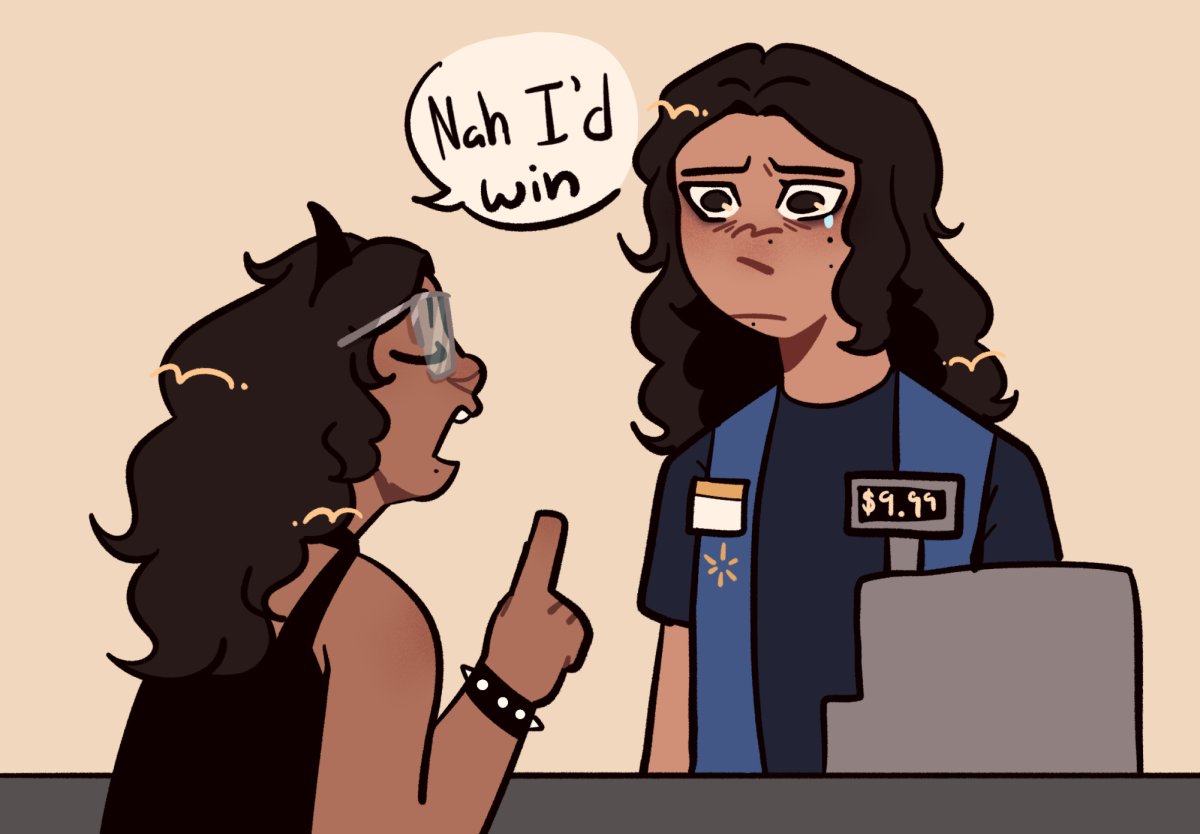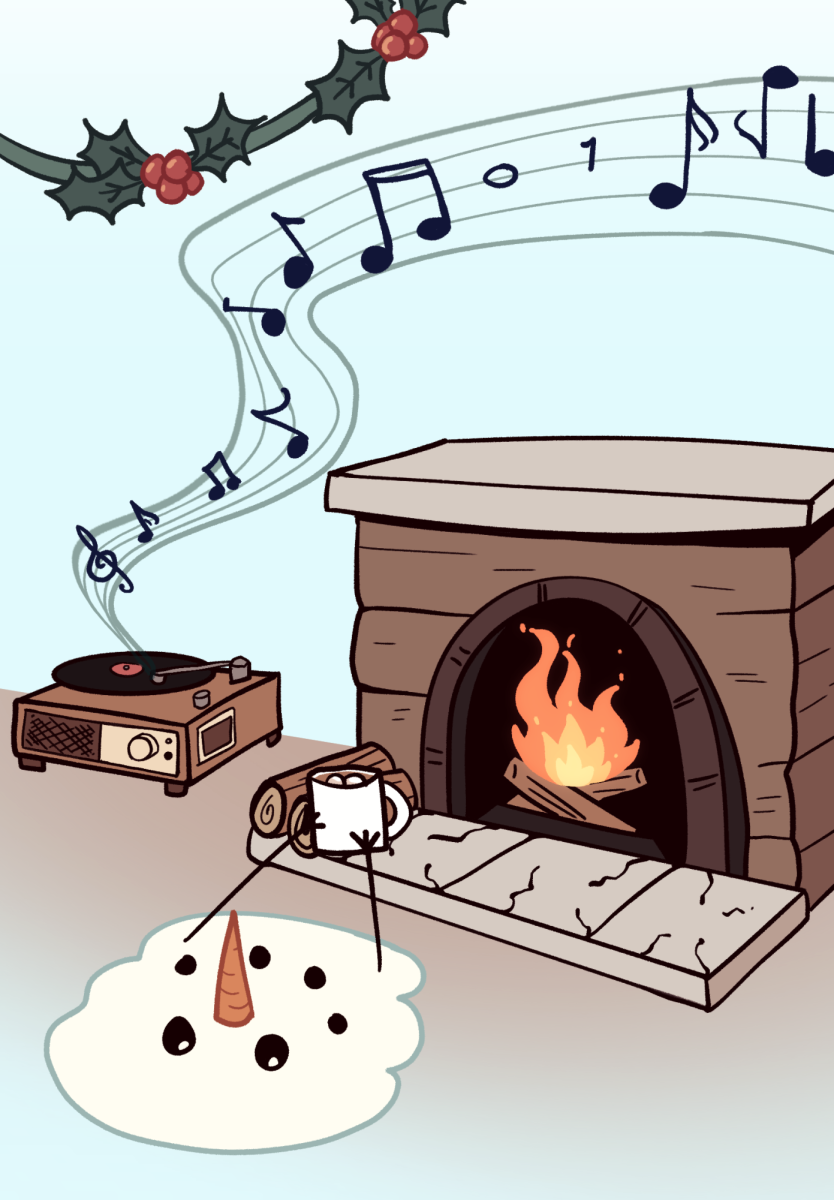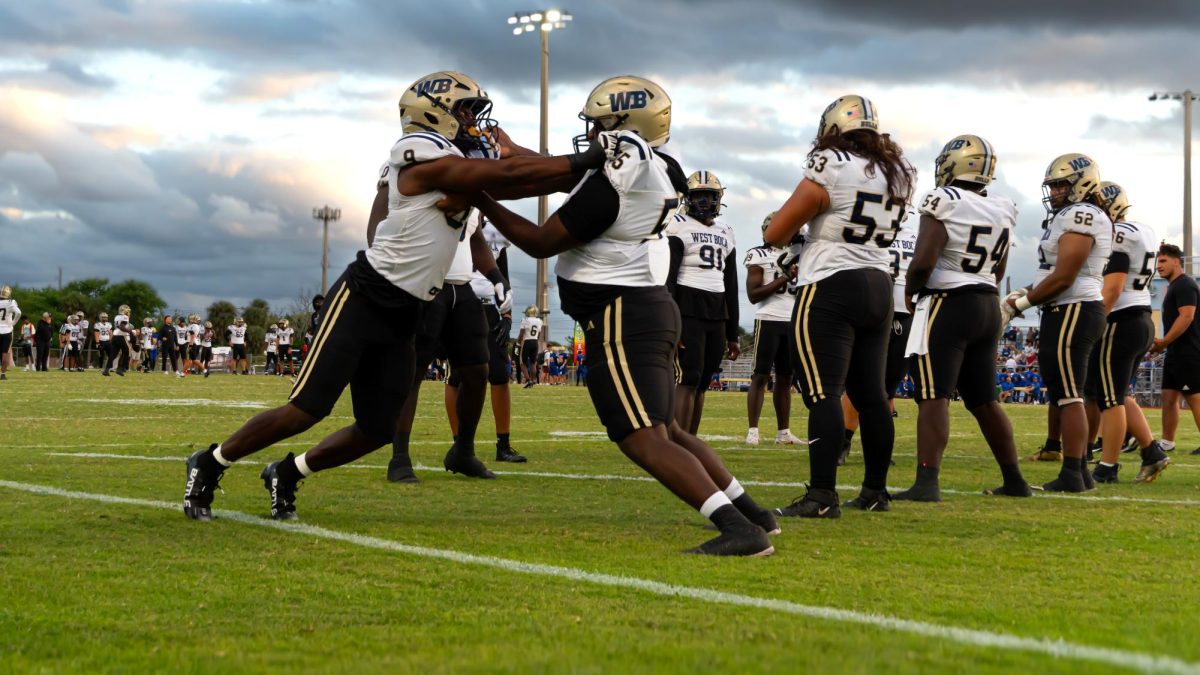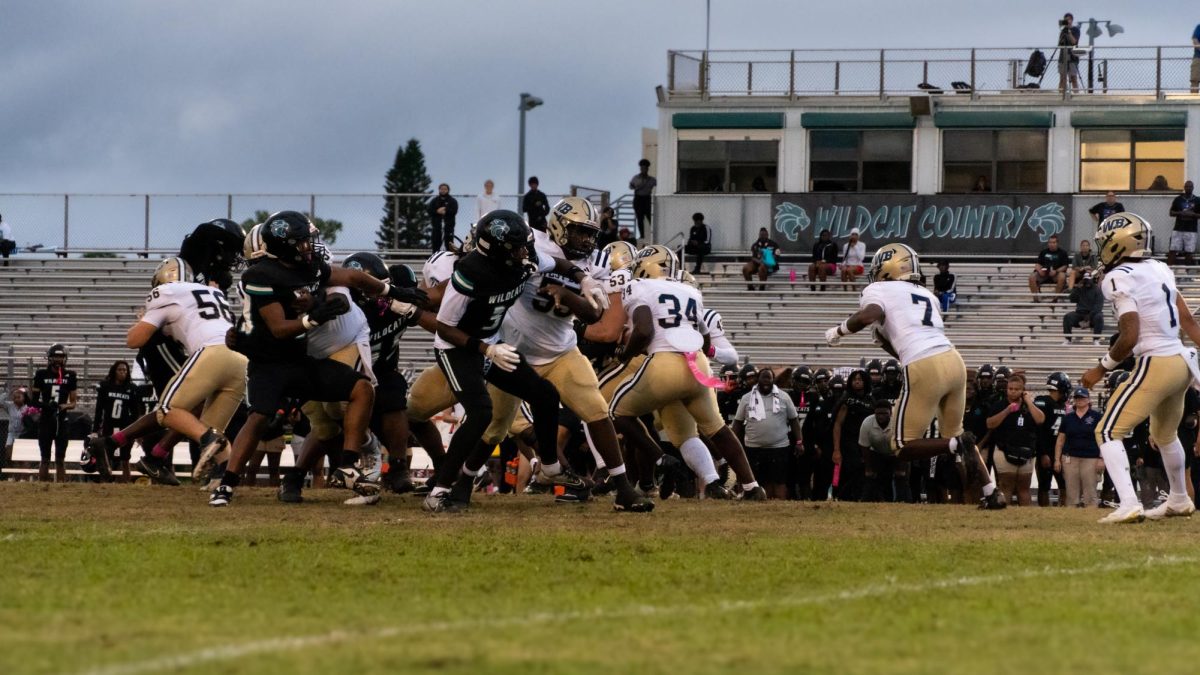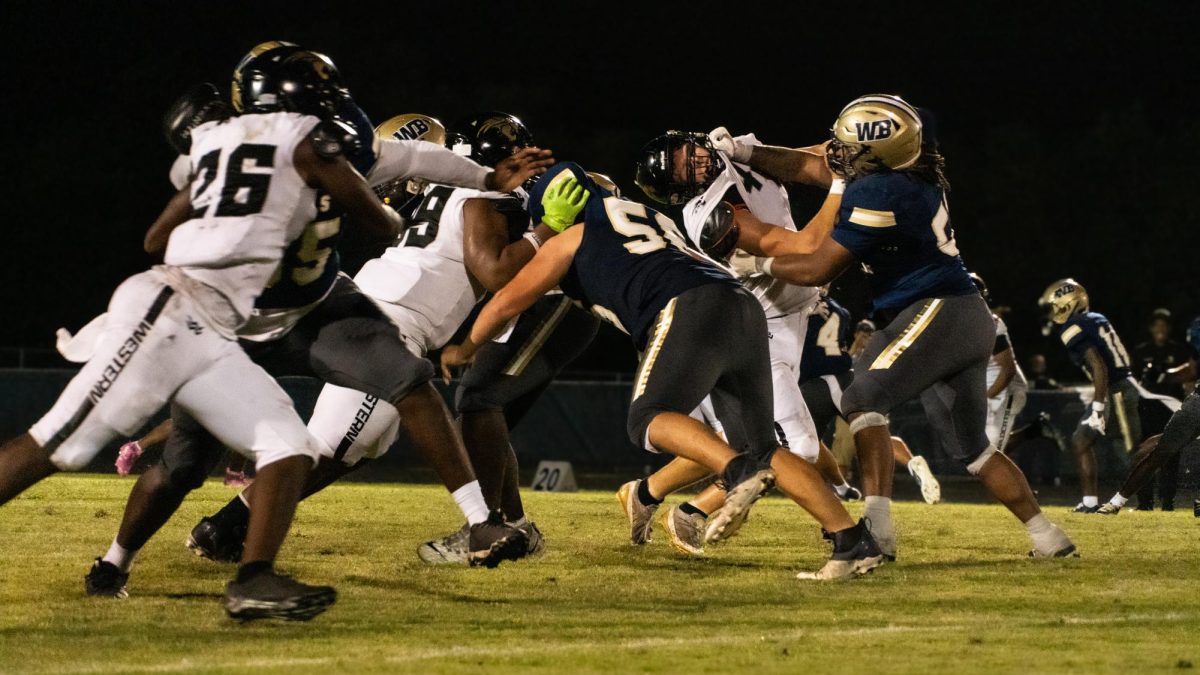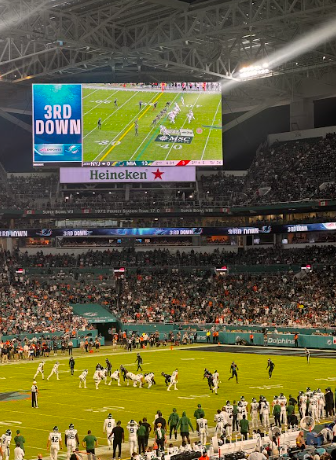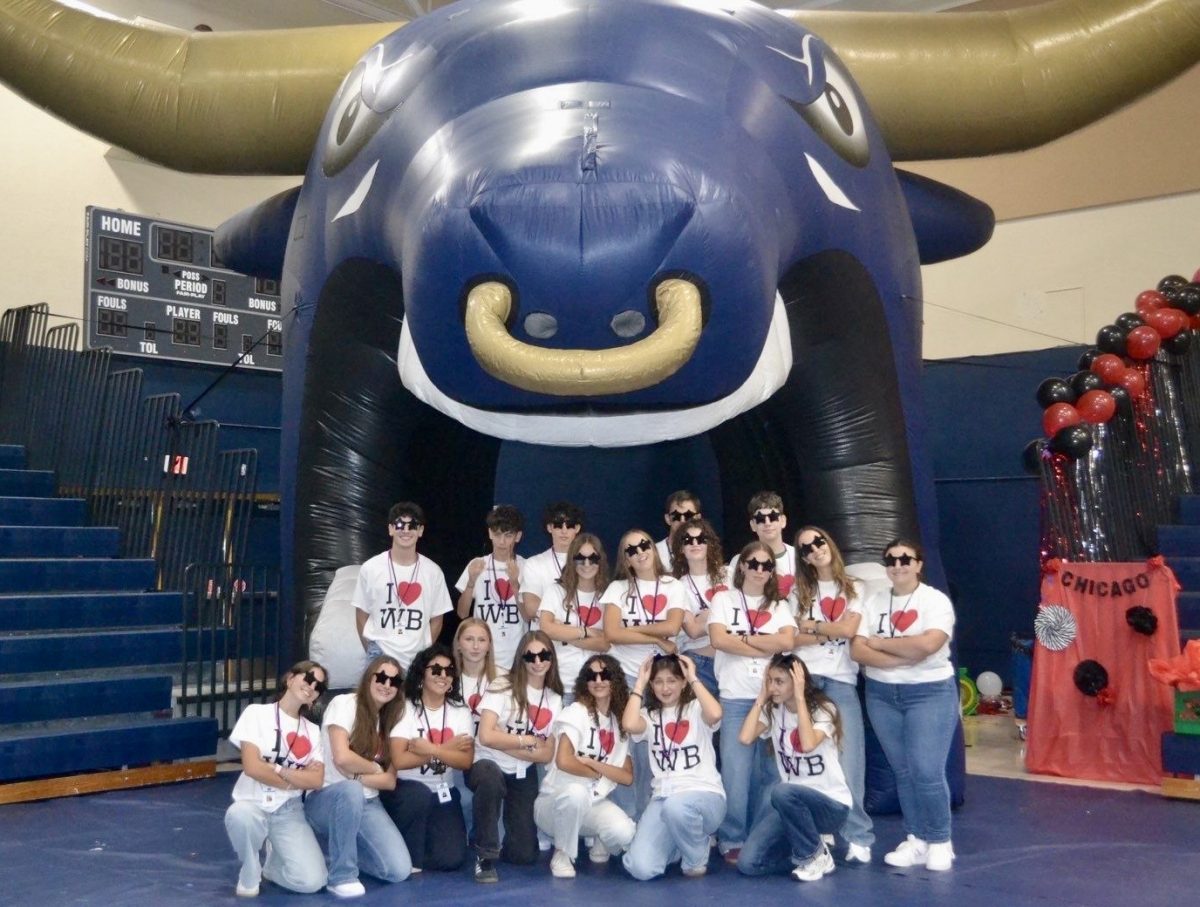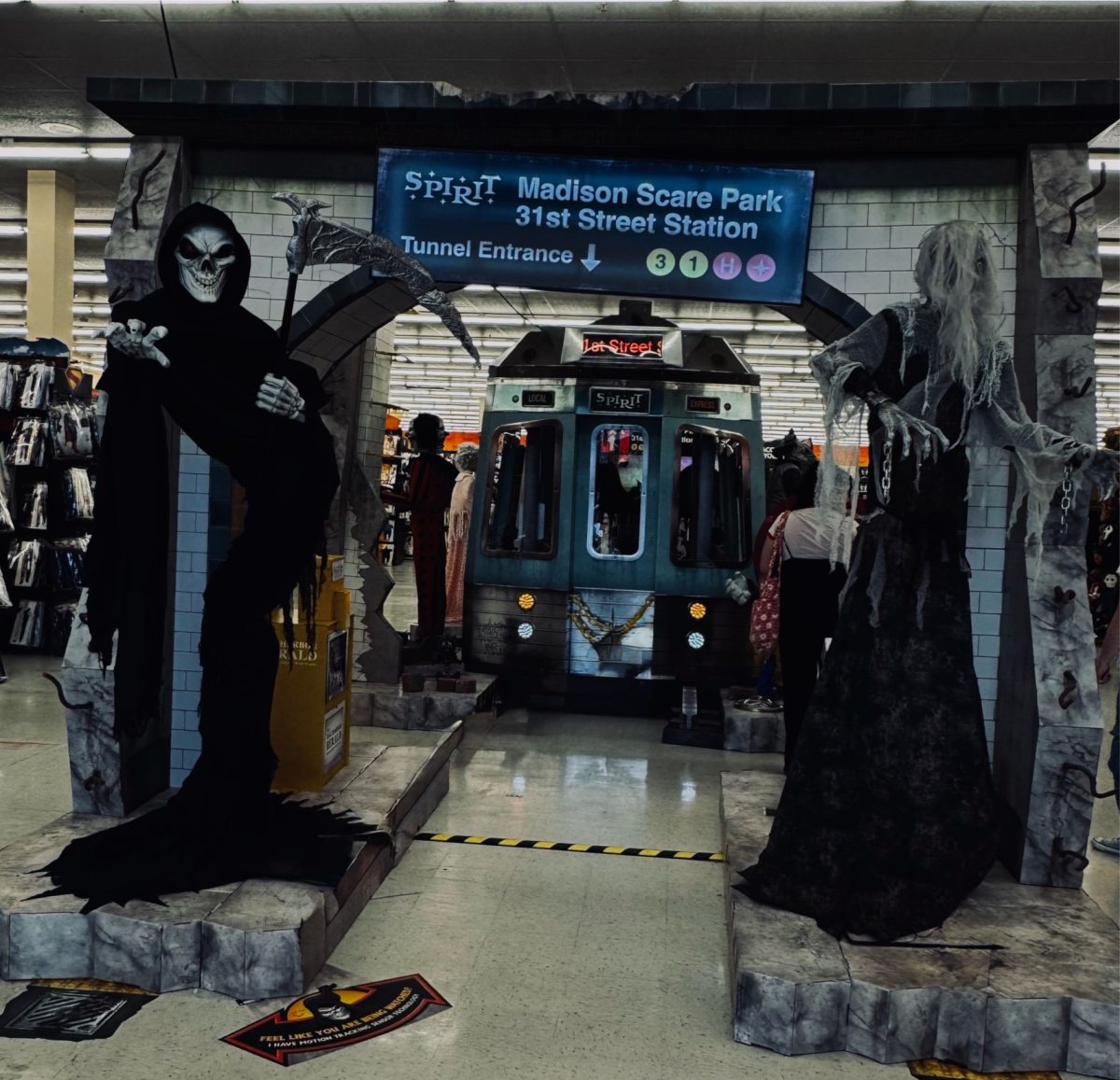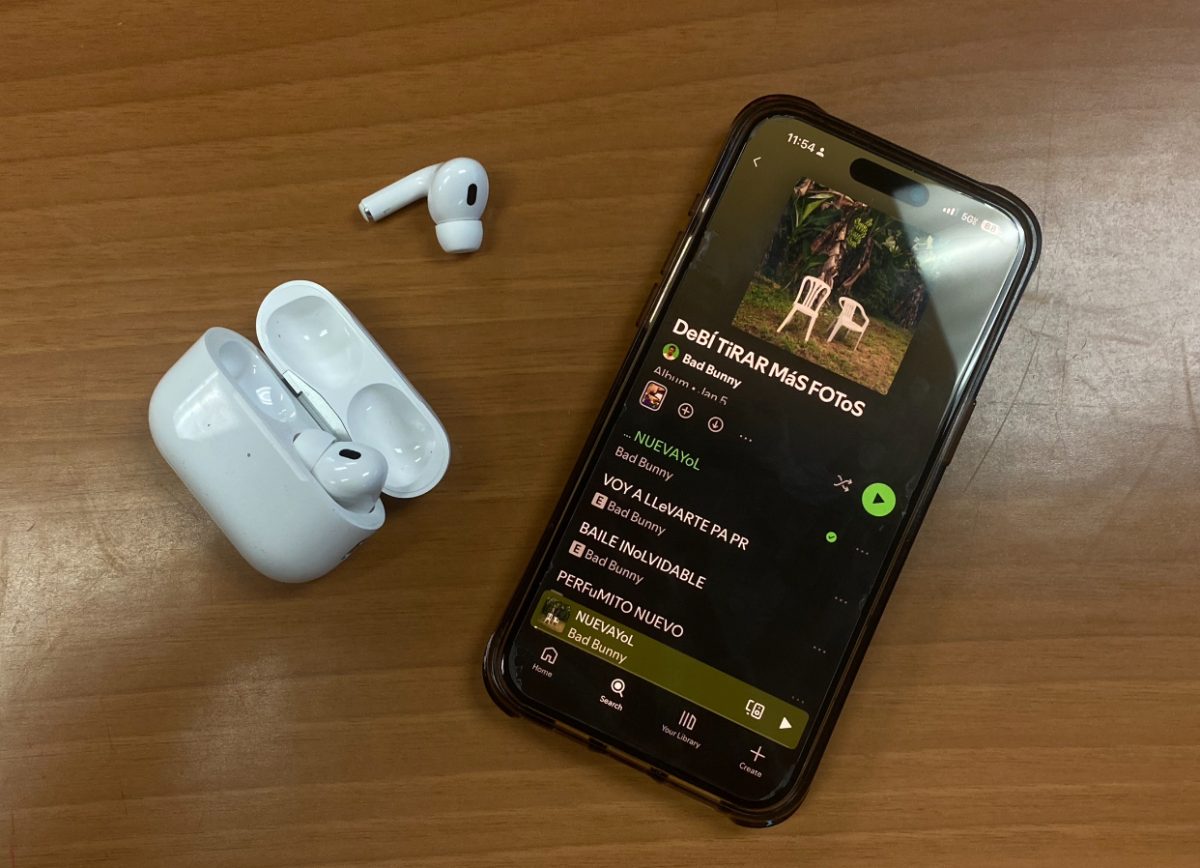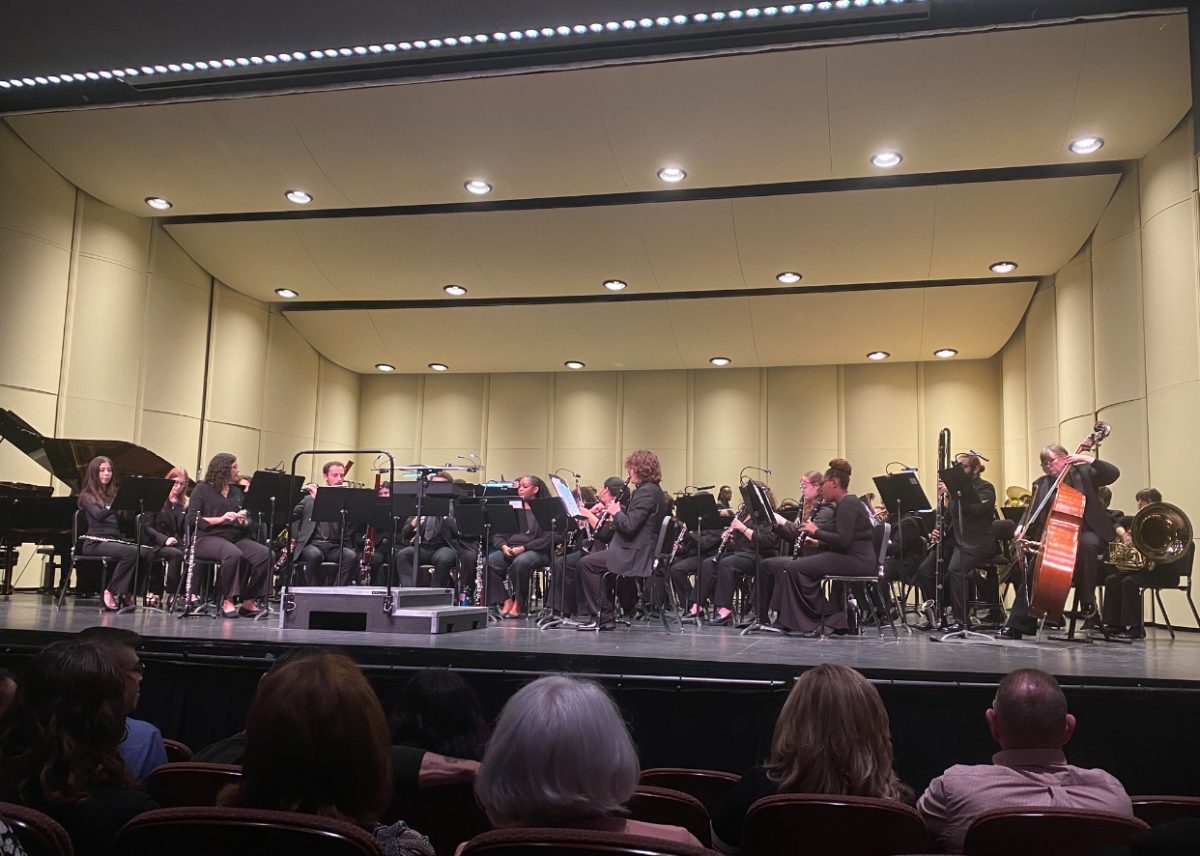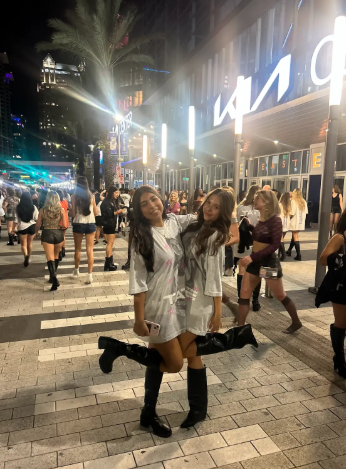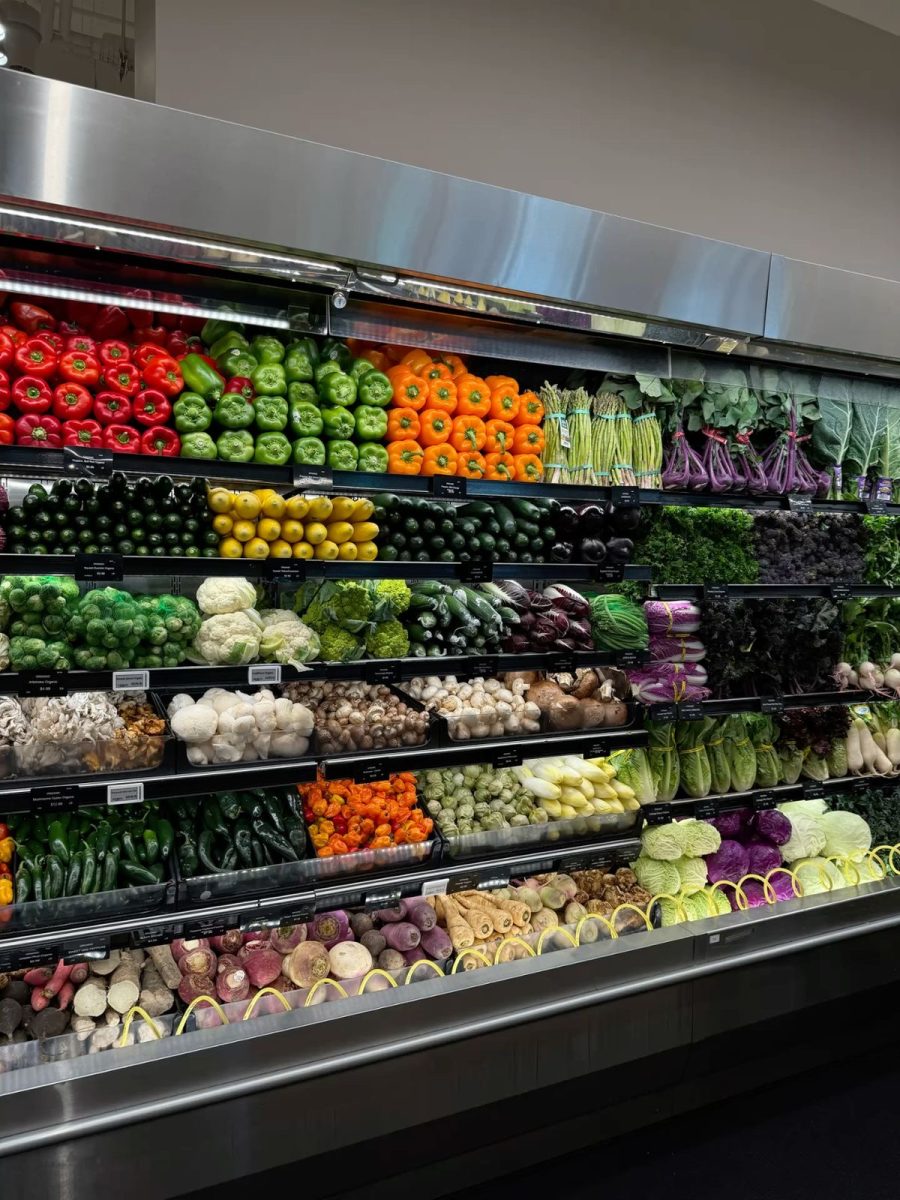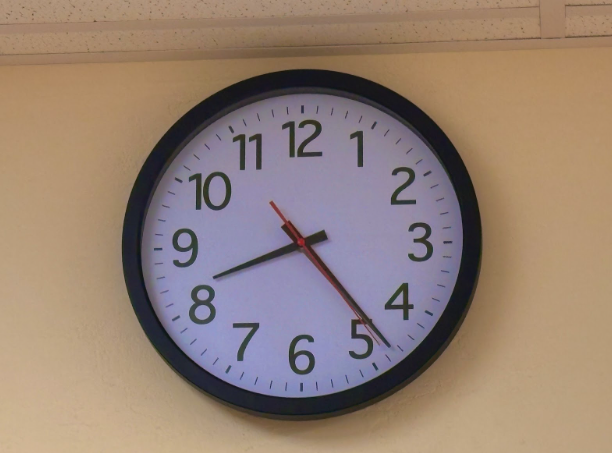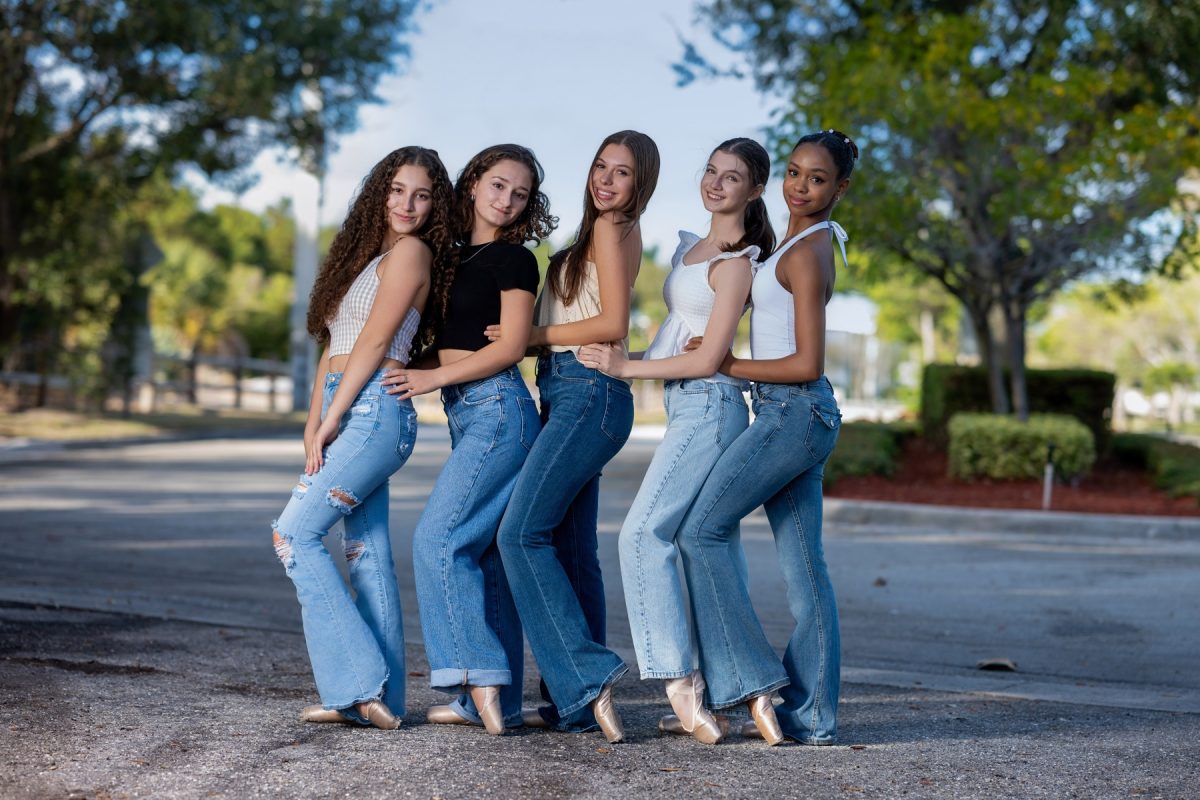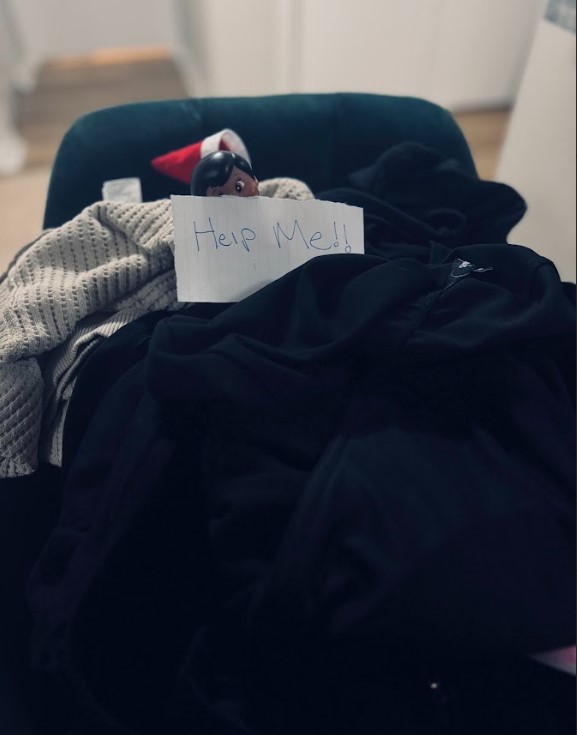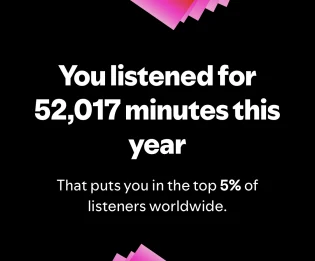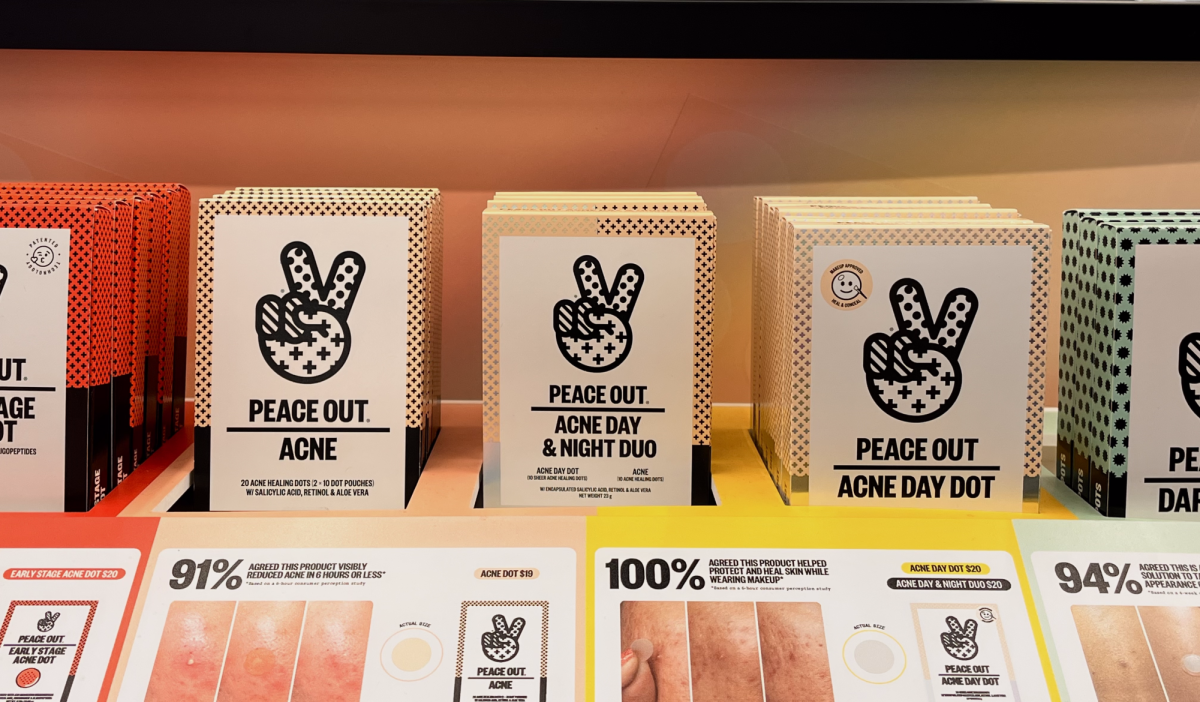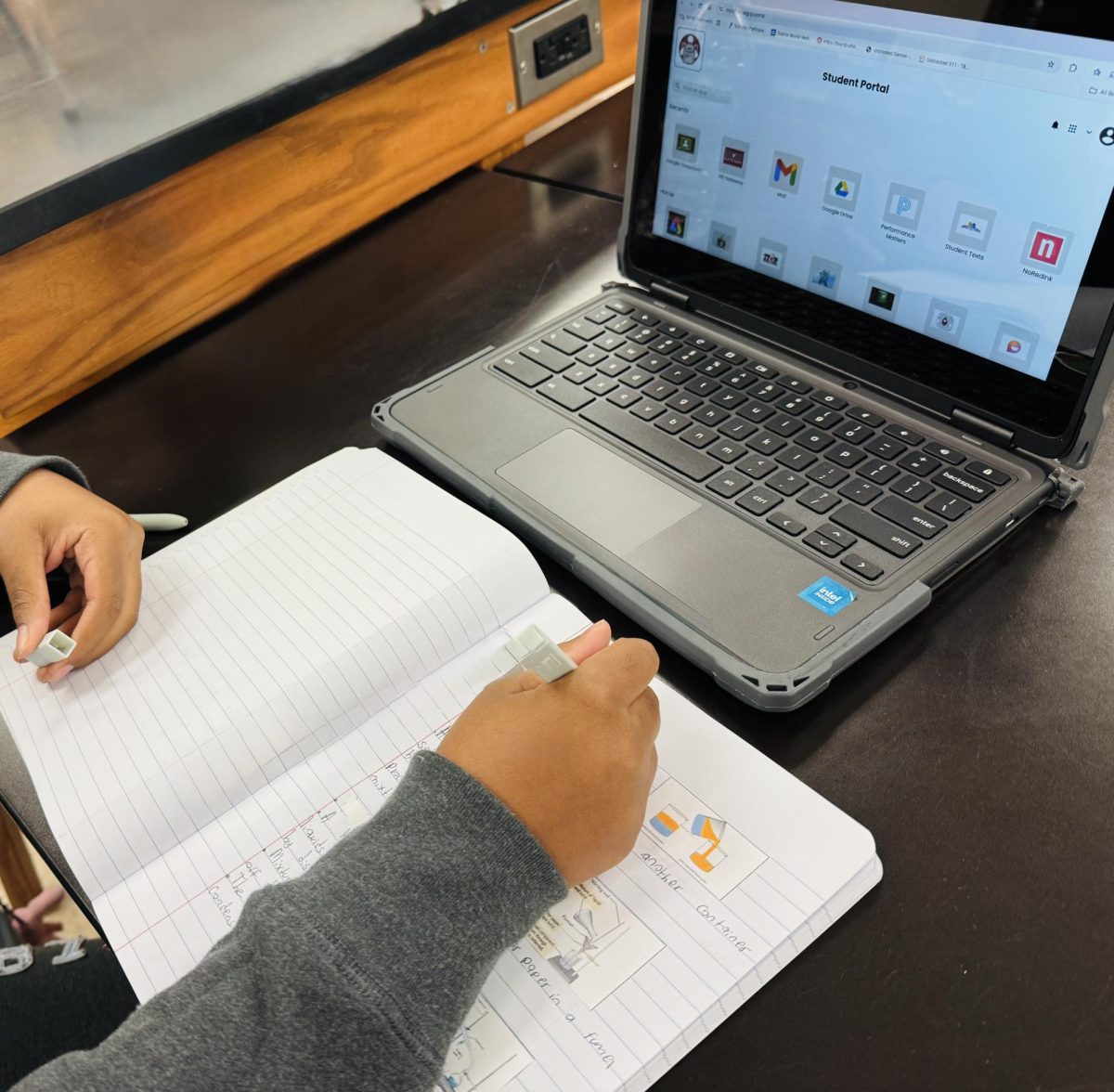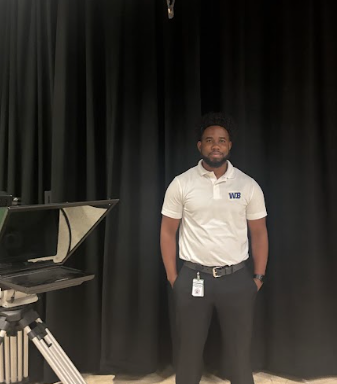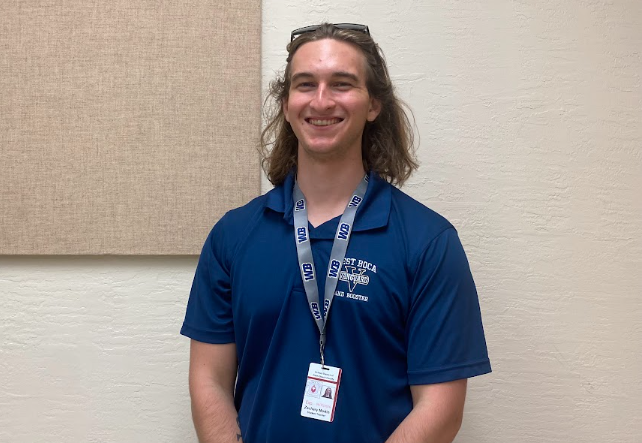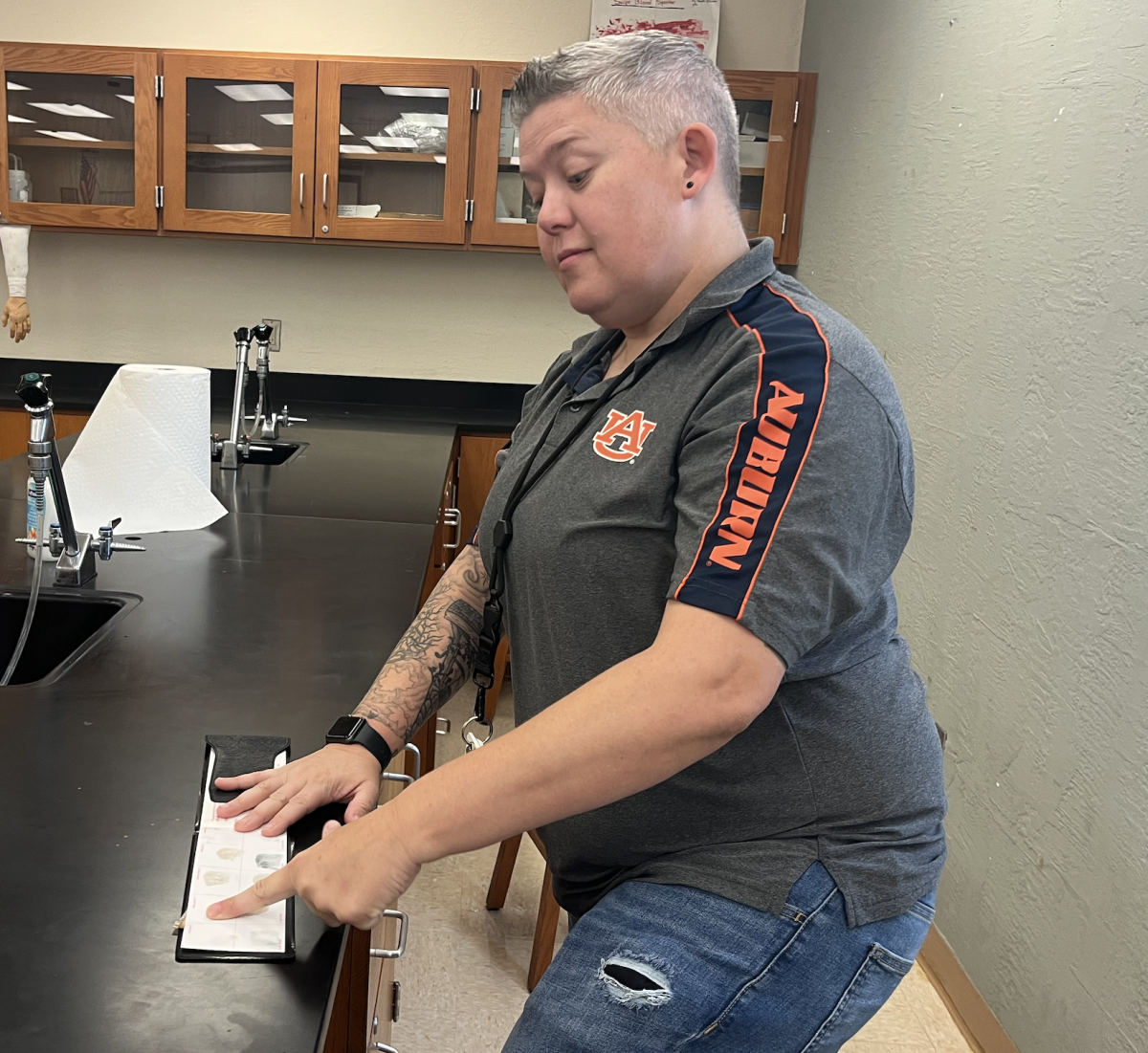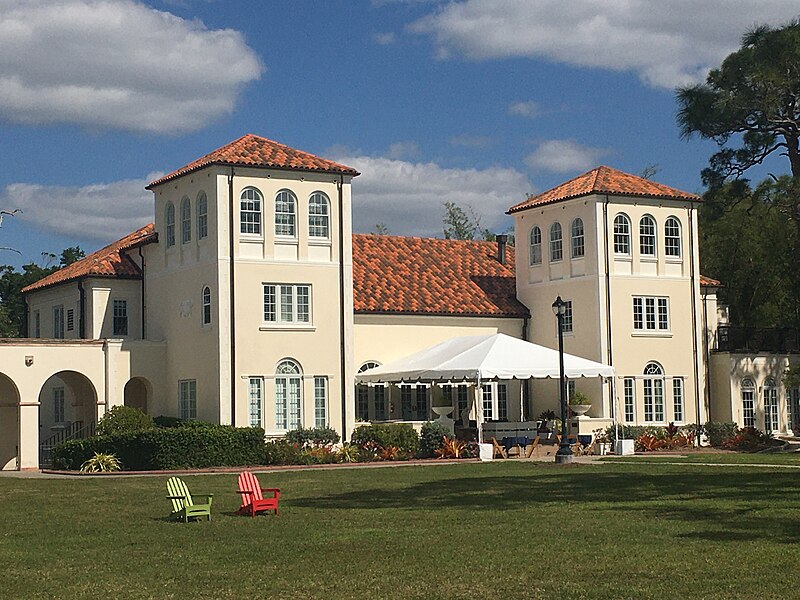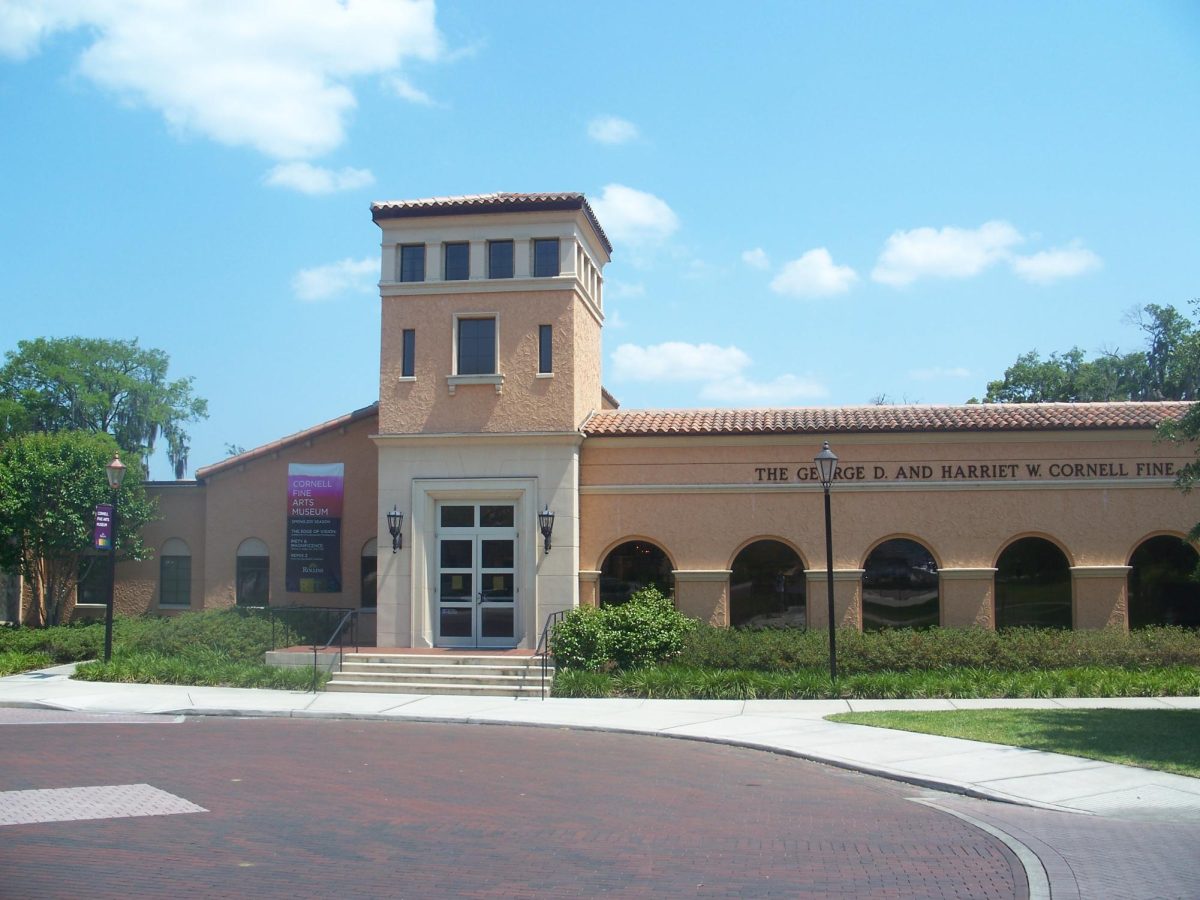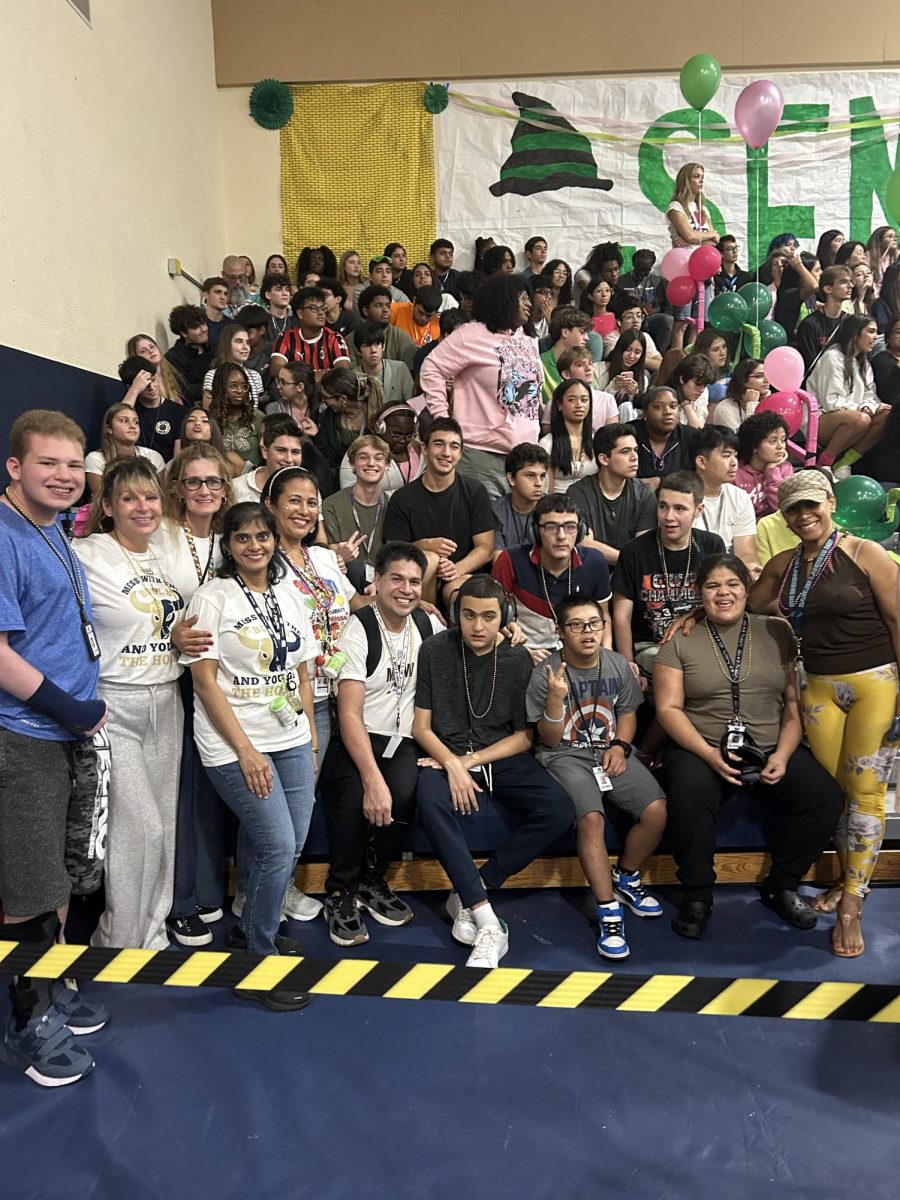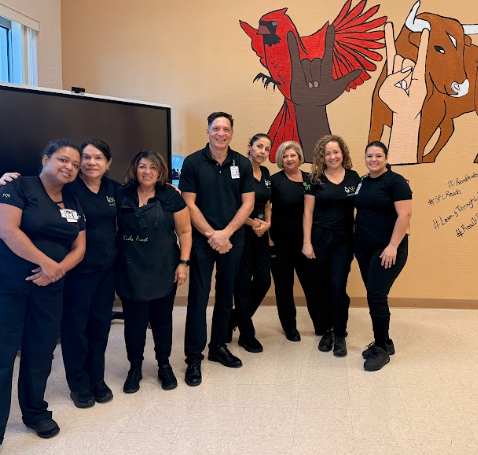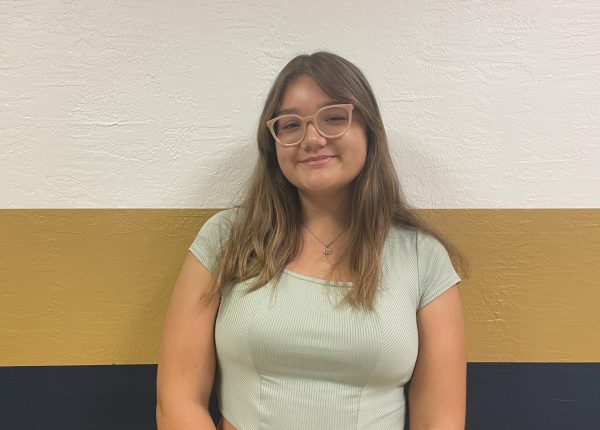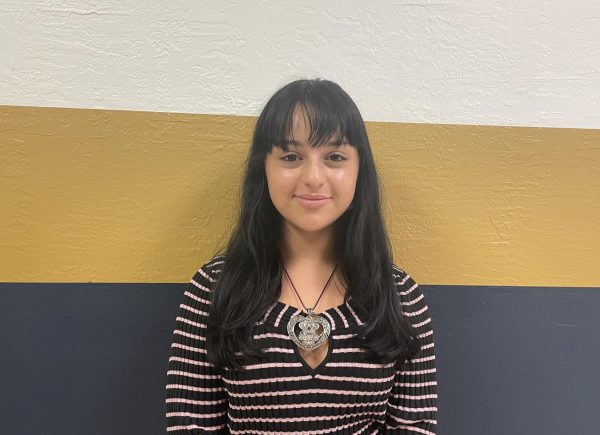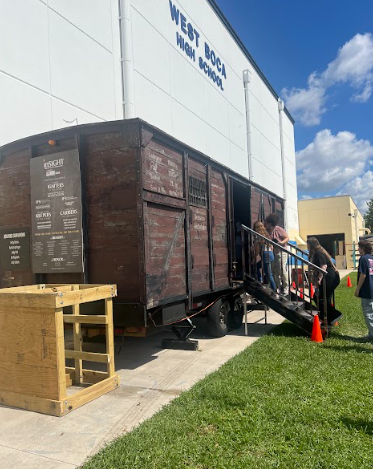
As we are entering a heavily divided time in our nation politically, it is important to remember that there should be no circumstances where hate towards minority groups should be tolerated.
Throughout this past week, students at West Boca were reminded of this message as they were exposed to a replica cattle car like those used during the Holocaust. These cars were meant for transporting cattle across long distances but instead were used to “conveniently” transport large groups of people to their own demise.This activity allowed students to be part of the experience that victims of the Holocaust had endured. Cattle Cars were used during the Holocaust as a method of transport from ghettos to concentration or death camps.
The Cattle Car was brought to West Boca by an educational non-profit called ShadowLight, whose mission is to promote and facilitate accessible and emotionally meaningful Holocaust education for current and future generations.
Students were exposed to key Holocaust artifacts, such as propaganda from the early years of the Holocaust and even the striped pajamas used in the concentration camps of eastern Europe. Propaganda was found in everything at the time, even children’s books promoting involvement in the war. Looking back on our own experience with children’s books, it was jarring seeing the violence portrayed as innocence and patriotism. Children and teenagers were also encouraged to join the Third Reich through sports games and competitions.
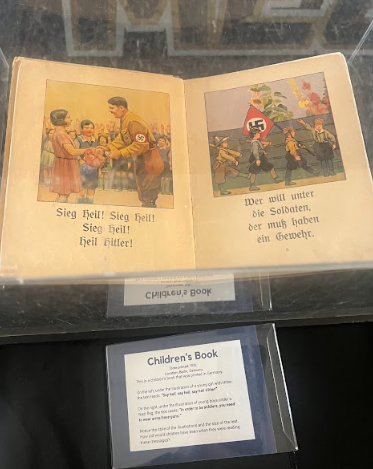
Students were then led into the cattle car, where the temperature reached up to at least 90 degrees fahrenheit. During the Holocaust, the cattle cars did not shield the extreme hot and cold temperatures that those traveling in the car would endure. The cattle car was already cramped, and there were only 25 students present. The transportation from ghettos to concentration camps would pack up to 120 people per car. Innocent victims were left for days in these cars with only a bucket of water and a bucket of waste to share amongst themselves.
Feeling these conditions first hand caused many students to become emotional in remembrance of what others during the Holocaust had to suffer through. Senior Katiana Talabert experienced the exhibit twice, and both times felt moved through the personal experiences heard in the cattle car presentation and the artifacts demonstrated by the volunteers.
During the time in the car, a video was played capturing Holocaust survivors’ accounts of their transportation to the Ghettos and Concentration camps. Images were displayed showing families being separated, children being left behind, and personal belongings being thrown out.
Yet despite the incredibly vivid image of the social climate in Germany that was discussed throughout the educational simulation, there were many students who were insensitive to the presentation and some even went out of their way to mock the presentation. We encourage you to approach a learning situation such as this one with open mindedness. It is a great opportunity to remind ourselves as the soon-to-be leaders of this world that we must remember history in order to pave a great future; that we may never repeat this part of history ever again.

